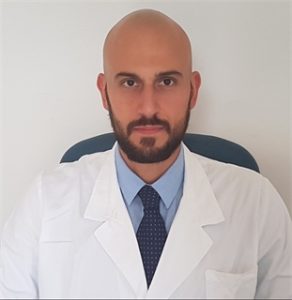EADV Congress 2024
Session type: Updates
Room: 3.1
Date: Thursday, 26 Sep, 17:00 – 17:30 CEST
Part of Session: Paediatric dermatology: Dermato-oncology


MD Riccardo Pampena
(Milan, Italy)
Cutaneous melanoma is a relatively uncommon occurrence in childhood, representing approximately 1% of all pediatric malignancies worldwide. The global incidence of this condition is estimated to be between 2-5 new cases per million individuals annually, with a lower incidence rate in children (0.7-0.8/million) compared to adolescents (10/million). Despite its rarity, melanoma in children often presents distinctive features that set it apart from adult melanoma cases. These features may include an association with a preexisting large or giant congenital nevus, as well as the presence of spitzoid features upon histopathological examination. These unique characteristics suggest that pediatric melanoma may exhibit a different biological behavior than its adult counterpart.
Over the years, there has been a growing sense of confusion surrounding the prevalence, management, and prognosis of melanoma in children. This confusion can be attributed to several factors. Firstly, the rarity of pediatric melanoma itself contributes to a lack of comprehensive understanding and data on the condition. Additionally, the existence of biologically benign tumors that mimic melanoma morphologically in the pediatric age group further complicates diagnosis and management. Furthermore, significant biological and morphological heterogeneity is observed between nevus-associated melanoma and de-novo melanoma in children, adding another layer of complexity to the disease.
The unique challenges posed by pediatric melanoma underscore the importance of continued research and awareness in this area. By gaining a deeper understanding of the distinct features and behaviors of melanoma in children, healthcare professionals can improve diagnostic accuracy, treatment strategies, and ultimately, patient outcomes.


